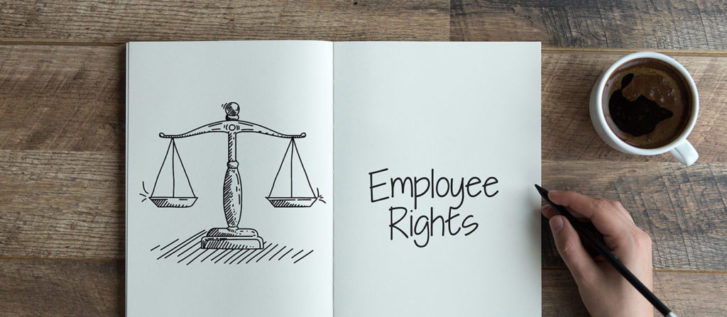
Why are young people so unhappy?
The new World Happiness Report based on surveys in 140 countries indicates young people...read more
Sarah King from Excello Law explains employment law related to COVID-19.

The unprecedented measures to counteract Covid-19 have put thousands of businesses on ice and millions of employees in furlough. Hopefully, most people will soon be able to return to work without any long-term impact. But for now, there are important considerations relating to complying with government guidelines and the disruption to working lives.
The most significant measure is the furlough scheme. On the first day that the HMRC portal went live for employers to claim the payments from the Government over 140,000 businesses submitted claims. The scheme provides employers who furlough their staff with a grant that covers 80% of wages up to £2,500 a month. It is not means tested which has led to criticism in the press that wealthy employers are misusing the scheme.
If a person’s employment contract gives employers the right to lay off or short-time employees, they can notify them (with consultation) that they are designated as furloughed. Employees cannot designate themselves. If there is no contractual provision, the employee will need to agree, which requires more consultation.
Employers must submit information online as to which employees have been furloughed and HMRC then reimburses them. To be eligible, government guidance states that working during furlough time for the employer who furloughed them is not allowed. The system is open to abuse, so record keeping is essential. HMRC may audit such claims later and are checking submissions against their records now.
To deal with Statutory Sick Pay (SSP), the Government passed The Health Protection (Coronavirus) Regulations 2020, which confirms that those who self-isolate because they receive a written notice from NHS 111 (and not just doctors) are deemed to be incapable of work and entitled to sick pay. Employees can self-certify for the first seven days.
SSP for Covid-19 applies from day one. Small and medium sized businesses with fewer than 250 staff are reimbursed for the first 14 days. Those living in the same household as someone with symptoms are also eligible for SSP since they are self-isolating. However, if they live with someone who is designated as vulnerable (shielding) and receive a letter telling them to stay at home for 12 weeks, they are not entitled to be off work.
If the employee is the vulnerable person, they are entitled to SSP and should be off work. The guidance further suggests it is possible to furlough a shielding employee instead, but not while they are on sick leave. Anyone choosing not to come to work because they are worried, who does not have a written notice, is not entitled to SSP. The self-employed do not get SSP either, but can claim Universal Credit instead. Meanwhile, those on sick leave (signed off or self-isolating) cannot be furloughed until the end of that period.
Home working and school closures are affecting millions of people. Children must remain at home unless their parent is a key worker. Employers who consider their staff to be key workers must communicate that to them, although this may not apply to everyone. For employees who cannot come in because they are looking after their children, or are not really working from home, this is time off unpaid unless they are furloughed.
If employees work from home, managers should have a frank discussion as to what can be done from home and whether their pay should reduce accordingly, depending on their working hours, or whether furlough leave can be used instead.
If an employer decides to close a site or factory because of Covid-19, they must pay employees since they were ready and willing to work unless they furlough them. If work can be undertaken at home, the employer can request that every employee does so. Otherwise, employees still get paid. When sites close because of insufficient work, the employer must consider whether workers can be put on short-time working and/or lay off within their contract of employment, or whether furlough should apply.
The next issues facing employers are how to get people back to work at the end of furlough and how to manage the health and safety concerns, including social distancing which could be here for sometime yet.
Sarah King is a specialist in employment lawyer at Excello Law.

I have been made redundant after 21 years. The company was sold and I have taken a zero hours contract with the company that took it over - but only... read more

My daughter has been working with her company for several years and has a disability - which her workplace knows about - which means she has to have... read more

Settlement agreements, previously referred to as compromise agreements, play a crucial role in resolving disputes or seeking to avoid them between... read more

The Government has proposed legislation to clarify the NDAs should not prevent people taking legal action in cases of criminal offences at work. read more